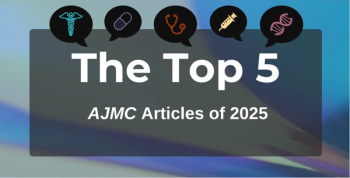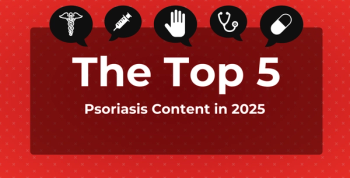
Underinsured Rate Rises, Although Uninsured Rate Unchanged Last Year, Report Says
A new report from the Commonwealth Fund looking at healthcare coverage said the uninsured rate is basically unchanged from before President Trump took office, but that more people, primarily those who have coverage through work, are underinsured. By late fall of 2018, 12.4% of adults were uninsured, down from a high of 20% before the Affordable Care Act became law.
A new report from the Commonwealth Fund looking at healthcare coverage said the uninsured rate is basically unchanged from before President Trump took office, but that more people, primarily those who have coverage through work, are underinsured. By late fall of 2018, 12.4% of adults were uninsured, down from a high of 20% before the Affordable Care Act (ACA) became law.
Their latest
According to the report, people who are underinsured have high health plan deductibles and OOP medical expenses relative to their income. They are more likely to struggle paying medical bills or incur debt (47%) or go without care (41%). However, even among those with better insurance coverage, 23% had issues getting care and 25% had trouble paying medical bills or incurred debt.
Among those with insurance for a full year, 29% were underinsured in 2018, up from 23% in 2014.
More than half of Americans under age 65—about 158 million people—get their health insurance through an employer. About 25% of those either have a plan purchased through the individual insurance markets created by the ACA or are enrolled in Medicaid. The ACA mostly left the employer market alone.
Of those with health insurance through work, 28% were underinsured in 2018, up from 20% in 2014. People who bought plans through the individual market or the Marketplaces were the most likely to be underinsured (42%).
Having continuous coverage made a difference in whether people had access to preventive care and cancer screenings, even for those who were underinsured, the report said. The ACA includes a requirement that that insurers and employers cover these services without cost sharing. The majority of those surveyed had a source to regular care. Of women aged 40 to 64, 71% who had continuous coverage received mammograms.
Most health policy experts have expected healthcare coverage provided under the ACA to become more limited after the Trump administration took a variety of measures to curb it after an ACA repeal vote failed to pass Congress in 2017. In October of that year, Trump
Last year, rules were changed to
In its report, the Commonwealth Fund made 3 proposals to expand coverage and improve affordability, although most of them are at odds with the administration and Republicans in Congress.
They include things like expanding Medicaid in all states without restrictions, placing limits on plans that do not comply with the ACA, establishing state or federal reinsurance programs to lower ACA premiums (although CMS is allowing some states to create such programs), offering cost-sharing reduction subsidies to more people who earn too much to qualify for them, excluding more health services from plan deductibles in all health plans, and increasing the required minimum value of employer plans.
It also suggested restoring funding for the ACA outreach and navigator program for the 2020 open enrollment period. The budget for that program has shrunk from $63 million at its peak to just $10 million, as the Trump administration said the program was not cost-effective.
Newsletter
Stay ahead of policy, cost, and value—subscribe to AJMC for expert insights at the intersection of clinical care and health economics.








































